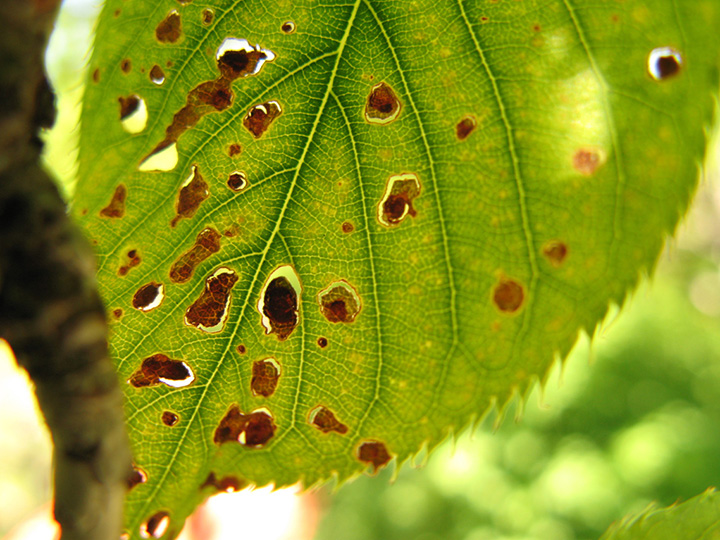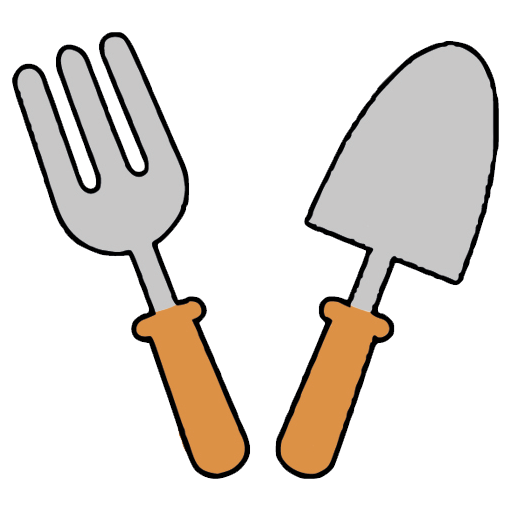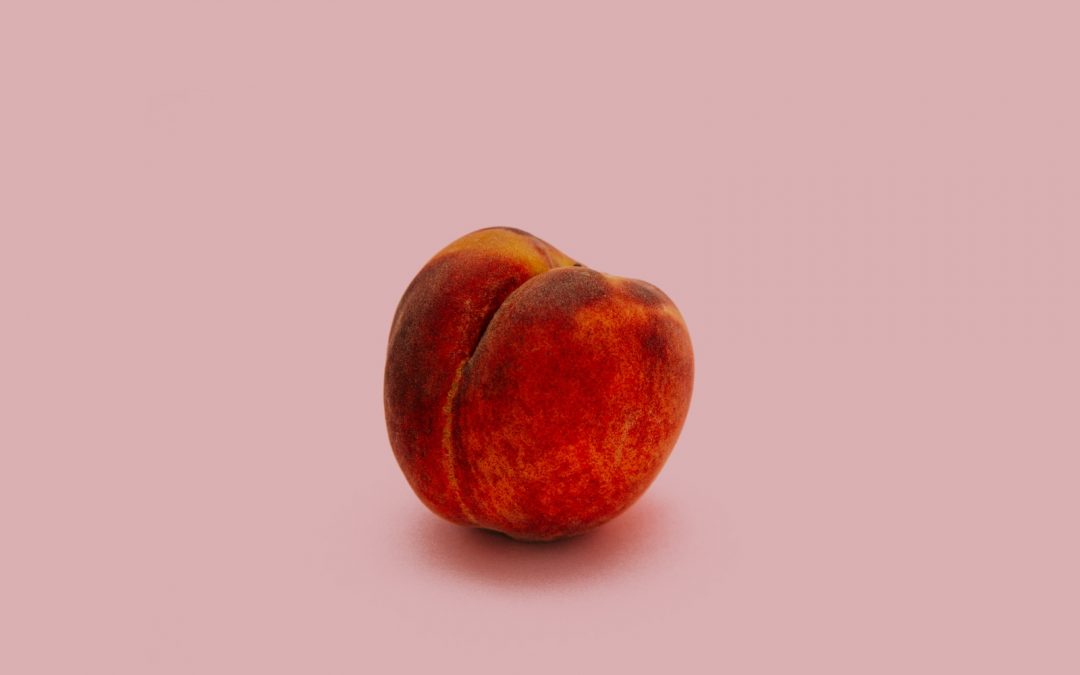Cultivating peach trees can be a rewarding endeavor. However, these trees are often targeted by a host of diseases, leading to weakened health and reduced fruit production. Understanding these diseases, their signs, and effective control measures can make all the difference. This comprehensive guide will take you through the most common peach tree diseases, providing insights into how you can identify, treat, and prevent them effectively.
Peach Leaf Curl
Peach Leaf Curl, caused by the fungus Taphrina deformans, is a prevalent disease in peach trees. The most identifiable symptom is a significant curling and reddening of leaves, which eventually take on a blistered appearance. Severely infected leaves may fall off, weakening the tree and reducing its fruit yield.
Treatment: The primary method of controlling Peach Leaf Curl is the application of protective fungicides, such as chlorothalonil or copper-based products. These should be applied in late winter or early spring, before the buds swell but after most leaves have fallen.
Prevention: Regular fungicide applications each year and rigorous sanitation practices, like clearing away fallen leaves from the tree base, can prevent reinfection.
Pros: When applied at the right time, fungicides can effectively control Peach Leaf Curl, preventing significant damage.
Cons: The effectiveness of the treatment heavily relies on the timing of fungicide application, requiring careful observation and planning.
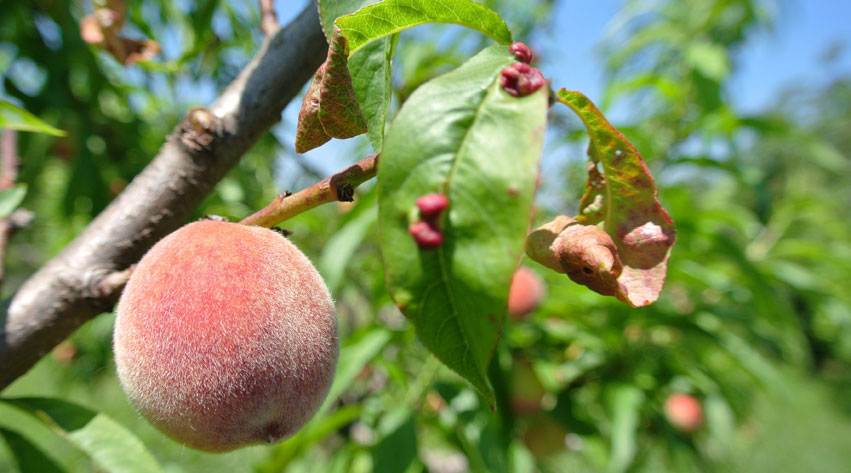
Brown Rot
Brown rot, caused by the fungus Monilinia fructicola, is a significant disease affecting peach trees. It attacks the fruit, blossoms, and small branches, leading to a “mummified” appearance. Fruits develop tan, circular spots that quickly enlarge and produce spore masses that look like tan powder.
Treatment: Immediate removal and destruction of infected fruits and branches is crucial. Fungicides, such as those containing captan or myclobutanil, may be necessary during periods of prolonged wet weather or when the disease has been problematic in the past.
Prevention: The best preventive measures include proper pruning to increase sunlight penetration and air circulation, regular sanitation practices, and watering at the base of the tree to keep the foliage dry.
Pros: Cultural control methods help manage brown rot effectively without the need for chemical treatments.
Cons: Brown rot can spread rapidly if not managed immediately, potentially affecting the entire crop.
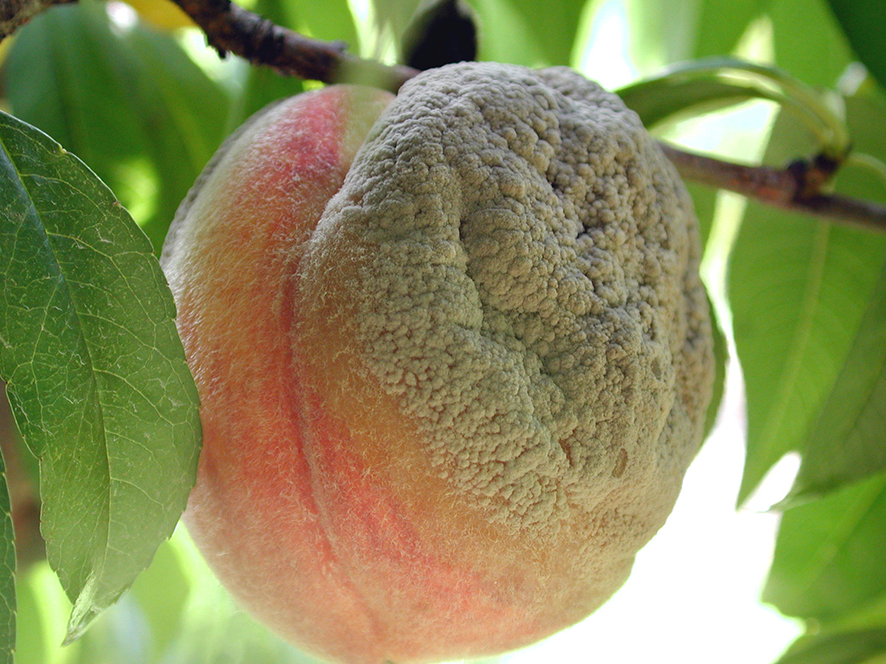
Peach Scab
Peach Scab, a fungal disease caused by Cladosporium carpophilum, affects peach trees by causing small, black, raised spots on the fruit’s skin. While it doesn’t affect the fruit’s taste, it can make the fruit unsightly.
Treatment: Fungicides, particularly those containing captan or flutriafol, can control peach scab when used alongside proper pruning and sanitation measures.
Prevention: Protective fungicide applications should be made regularly during periods of rapid fruit growth and wet weather, which favor the disease.
Pros: Early detection and treatment can control peach scab effectively, preserving the fruit’s edibility.
Cons: The disease significantly reduces the aesthetic appeal of the fruit, which can impact commercial value.
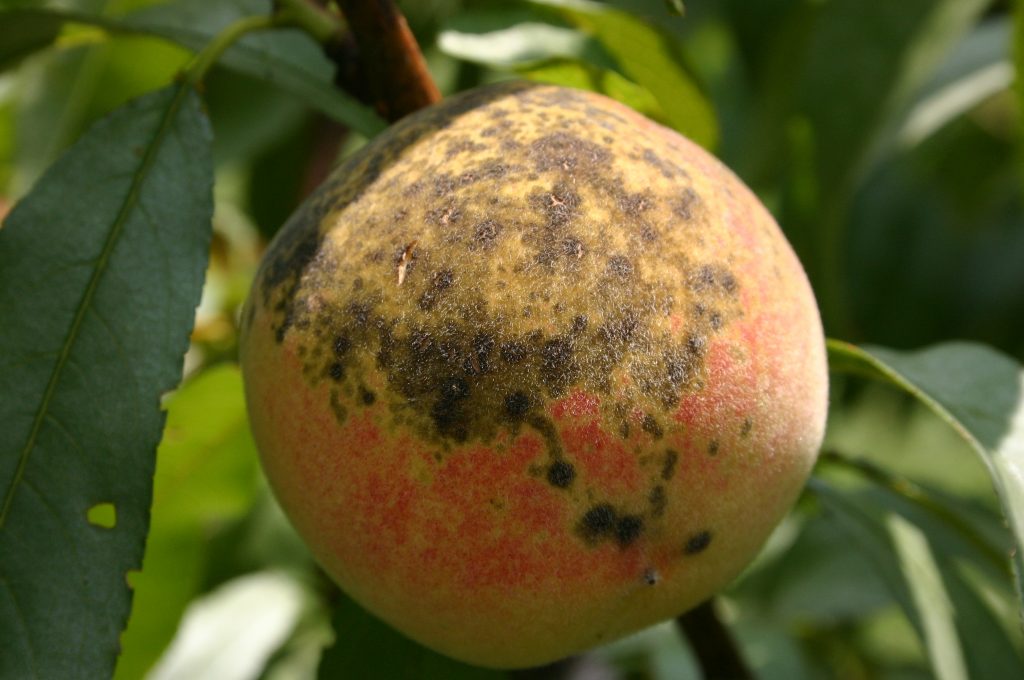
Bacterial Spot
Bacterial Spot is a serious disease that affects peach trees, caused by the bacterium Xanthomonas arboricola pv. pruni. This pathogen creates angular, water-soaked spots on leaves, fruits, and twigs. Over time, these spots become necrotic with a shot-hole appearance. Infected fruits exhibit sunken, dark spots, often surrounded by water-soaked margins.
Treatment: Managing Bacterial Spot can be challenging due to the bacterium’s ability to survive in various conditions. Copper-based sprays, although potentially phytotoxic in hot, dry conditions, can help reduce the disease’s spread when applied early. Streptomycin sprays may also be effective. It’s crucial to follow product labels for the correct usage and application rates.
Prevention: Implementing preventative measures is key to managing Bacterial Spot. Planting resistant peach varieties and improving orchard sanitation can reduce disease severity. Overhead watering should be avoided as it can facilitate the spread of bacteria. Proper pruning promotes good air circulation, reducing leaf wetness duration and subsequent disease infection.
Pros: Planting resistant varieties and maintaining good orchard hygiene practices can provide long-term disease control.
Cons: Bacterial Spot can cause severe defoliation and fruit loss if not managed effectively. While copper sprays can provide some control, their use must be carefully monitored due to potential tree damage in certain weather conditions.
